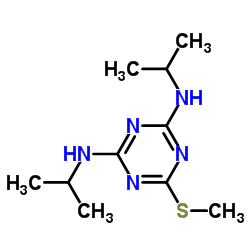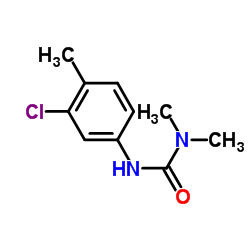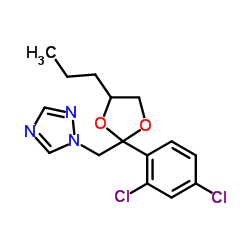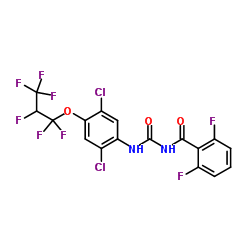| 结构式 | 名称/CAS号 | 全部文献 |
|---|---|---|
 |
咯菌腈
CAS:131341-86-1 |
|
 |
扑草净
CAS:7287-19-6 |
|
 |
绿麦隆标准溶液
CAS:15545-48-9 |
|
 |
丙环唑
CAS:60207-90-1 |
|
 |
虱螨脲
CAS:103055-07-8 |